Seams will not be invisible!
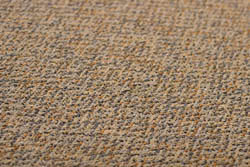 Some carpet samples have a notation on them that states "less visible seam". It is very
important that you understand this doesn't mean invisible. An article of clothing,
the fabric on your sofa, the wall paper in your home, the wood on your desk, or a vinyl floor;
all show seams and carpet is no different.
Some carpet samples have a notation on them that states "less visible seam". It is very
important that you understand this doesn't mean invisible. An article of clothing,
the fabric on your sofa, the wall paper in your home, the wood on your desk, or a vinyl floor;
all show seams and carpet is no different.
Different carpets seam differently
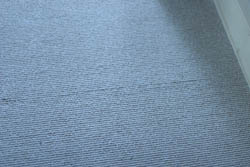 Choice of carpet plays a big role in how visible seams will be. Berbers are the most
difficult, but this does not mean you should not invest in a Berber carpet. It only
means that you should have realistic expectations. Shags and twists are the easiest
to seam because their tall loose pile blends well. Plush carpets are in between.
Choice of carpet plays a big role in how visible seams will be. Berbers are the most
difficult, but this does not mean you should not invest in a Berber carpet. It only
means that you should have realistic expectations. Shags and twists are the easiest
to seam because their tall loose pile blends well. Plush carpets are in between.
The "invisible" seam
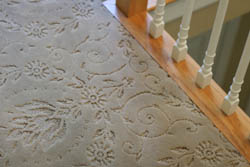 The "invisible" seam. The picture can show you better than we can describe it.
A combination of plush pile, color, and lighting contributed to this result.
We can not guarantee that all carpets, colors, or your lighting will be the same.
The "invisible" seam. The picture can show you better than we can describe it.
A combination of plush pile, color, and lighting contributed to this result.
We can not guarantee that all carpets, colors, or your lighting will be the same.
Acceptable Seams
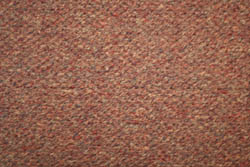 The term "Acceptable seam" does not mean invisible seam. The very definition of seam is
"a line formed by the joining together of two pieces of material at their edges".
The key word there is LINE. Seams are visible, especially when you know where they are.
The term "Acceptable seam" does not mean invisible seam. The very definition of seam is
"a line formed by the joining together of two pieces of material at their edges".
The key word there is LINE. Seams are visible, especially when you know where they are.
A seam should have the carpet backings flush to each other, without gaps, and without overlaps. Berber carpets should be cut lengthwise along the bias. Cross seams on berbers should be avoided, if reasonable. If an installer has addressed these concerns, then that is the best seam that can be made.
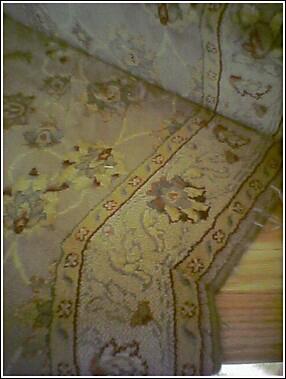
Unacceptable Seams
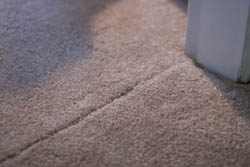 Unacceptable seams are those which are not flush with each other, or there is a gap
between the carpets. The same goes for seams which overlap. We can repair the seam
when this occurs. Replacing the carpet is not an option when repairs can be made.
Unacceptable seams are those which are not flush with each other, or there is a gap
between the carpets. The same goes for seams which overlap. We can repair the seam
when this occurs. Replacing the carpet is not an option when repairs can be made.
Seam Peaking
Seam peaking occurs, on occasion, when the seam is set and then stretching is done to complete the installation. Seam tape used to create the seam and it has a thickness to it (although very little). Seam placement and lighting will determine how noticeable the seam will become. When the carpet is stretched, the carpet is pulled where the edges of the tape is attached to the carpet, the carpet lifts where the two pieces meet creating the peak. Seam peaking can usually be minimized and replacement can not possibly address this non-workmanship issue. This is more predominant in light colored carpets.Learn more about carpet seam peaking.
Pattern Match is not Exact
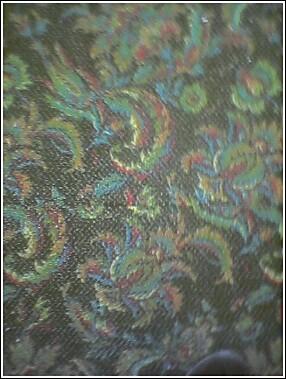 Pattern match is not exact. Our installers are very skilled in giving you the best pattern
match possible. Sometimes where the pattern meets perfectly in one area, a short distance away
the pattern is a little off. While this can happen, our installers
will do their best to minimize this.
Pattern match is not exact. Our installers are very skilled in giving you the best pattern
match possible. Sometimes where the pattern meets perfectly in one area, a short distance away
the pattern is a little off. While this can happen, our installers
will do their best to minimize this.